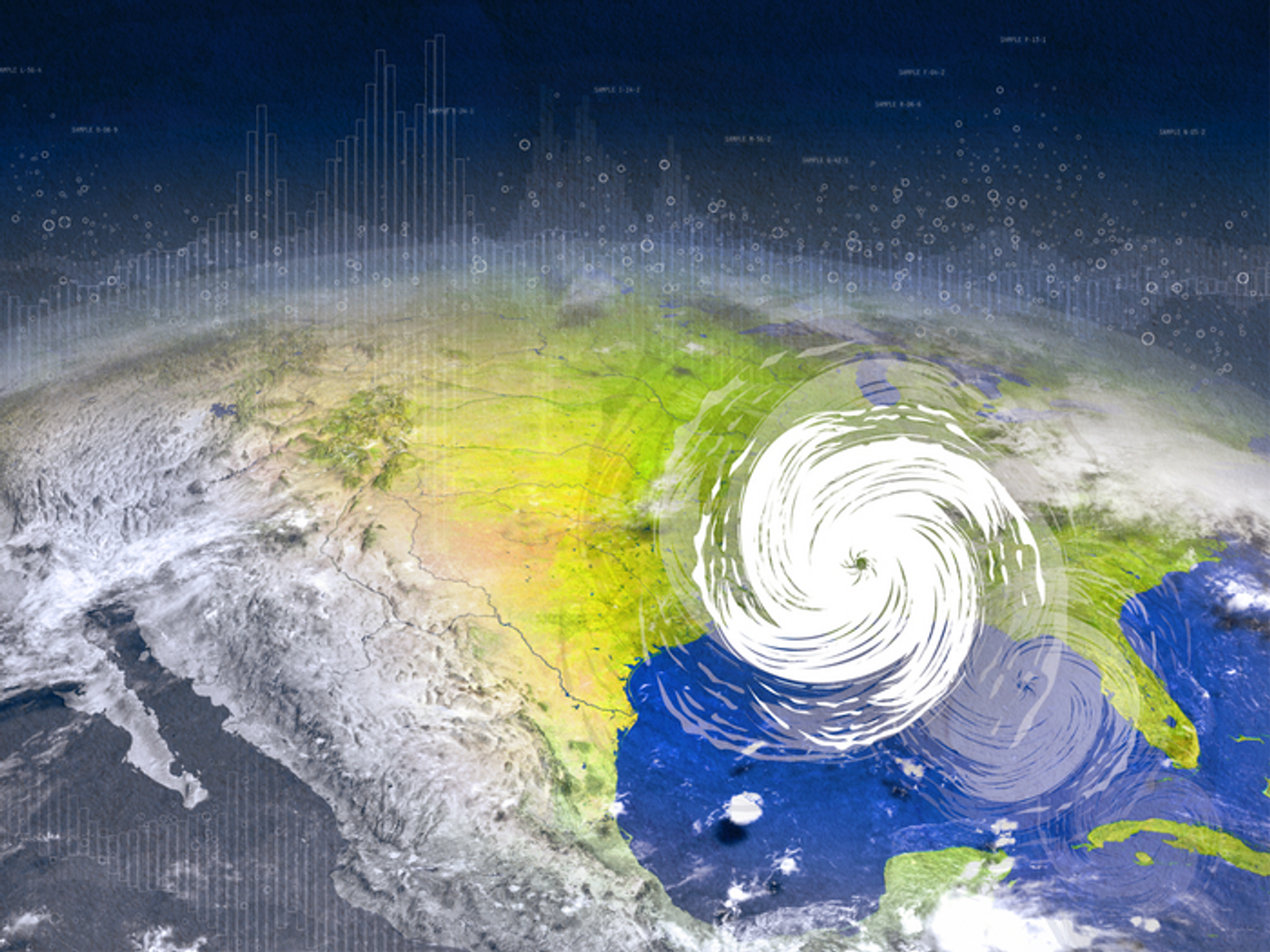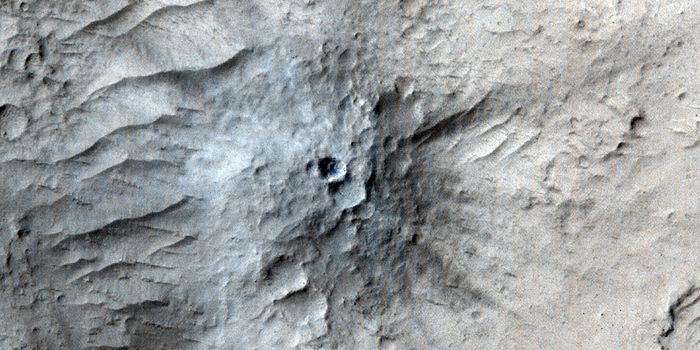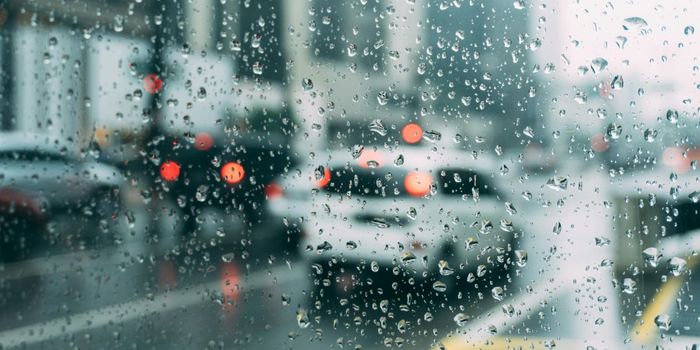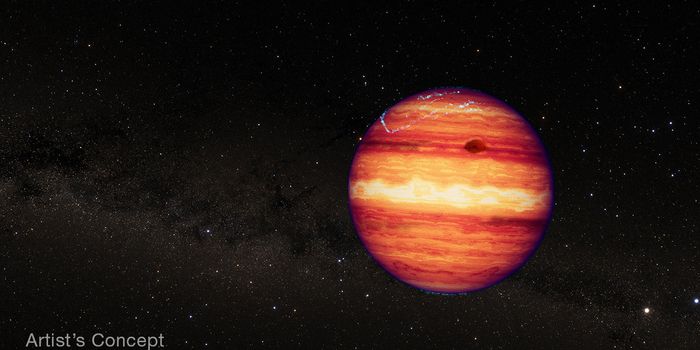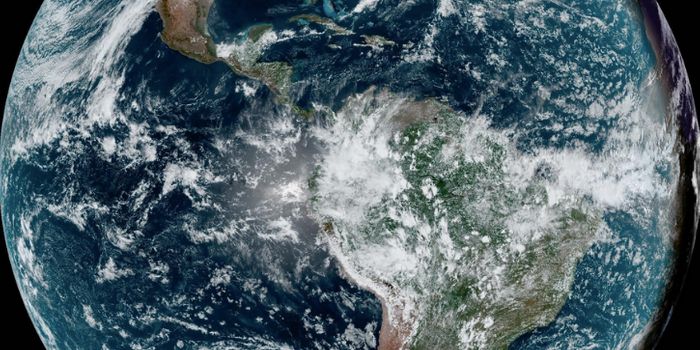Altering Winds in Earth's Upper Atmosphere Could Result in Stronger Hurricanes
What impacts are climate change making on hurricanes? This is what a team researchers hope to answer as they examined the potential for stronger and more frequent hurricanes for the East and Gulf Coasts of the United States due to climate change. The researchers say this could come from wind alterations in the Earth’s upper atmosphere from rising sea temperatures in the eastern Pacific Ocean, and they say this could result in tripling the number of hurricanes making landfall in the future.
Credit: Melanie Hess-Robinson | Pacific Northwest National Laboratory
“What we found is that these wind changes have a double whammy effect,” said Dr. Karthik Balaguru, who is a climate and data scientist at the Pacific Northwest National Laboratory, and lead author of the study. “First, they steer storms closer to the U.S. East and Gulf coasts, which brings risk to the people who live there. But these same wind changes also reduce vertical wind shear near the coast, and that will ultimately strengthen coastal storms. When these two factors work together, it exacerbates the whole problem.”
This work builds off several previous studies that have connected climate change to more dangerous storms, to include weaking wind shear, which Dr. Balaguru notes will make storms stronger. Other studies have also identified how the speed of hurricanes will slow down, allowing the storms to cause more damage. However, scientists have been unable to identify the mechanism responsible for causing all these results, with only being able to identify a general cause, such as climate change.
“Global warming can mean a lot of different things,” said Balaguru. “We wanted to know exactly what, in a warmer world, is responsible for these changes. Uncovering the reason behind those changes, as we’ve done here, is both satisfying from a scientific standpoint, but also very important as we deepen our understanding of what influences extreme weather.”
For the study, the researchers developed a model called RAFT, which can input a plethora of factors in simulating various hurricane scenarios. This comes after previous research discovered that simulating such scenarios requires large amounts of computational energy, so this study decided to create a new method in determining hurricane strength and numbers.
With RAFT, the researchers for this current study were able to how each factor contributed to each change in hurricane strength and number, which Dr. Balaguru notes is a first-of-its-kind analysis.
“We saw that storm frequency near the coast was changing,” said Balaguru. “But why? Is it because the storms are getting stronger? Is it because they’re heading more in that direction? Our approach helped us isolate the key variables at play and determine which was most important.”
The results of this study indicated that rising sea temperatures in the Eastern Pacific Ocean result in warmer temperatures on the ocean’s surface. This results in a greater amount of ocean surface water evaporation, which increases the amount of air moisture above the ocean’s surface. In the end, a process known as convection creates what are known as Rossby waves, which create cyclone and anticyclones patterns in the Earth’s upper atmosphere.
“Many studies have shed light on how hurricanes will change in the future,” said atmospheric scientist and study author Ruby Leung. “By identifying a mechanism that connects the various hurricane changes together, this study offers a more unified perspective underscoring the enhanced coastal hurricane risks in the future.”
What new discoveries will researchers make about hurricanes, including their numbers and strength, in the coming years and decades? Only time will tell, and this is why we science!
Sources: Science Advances, Pacific Northwest National Laboratory, National Oceanic and Atmospheric Administration
As always, keep doing science & keep looking up!
